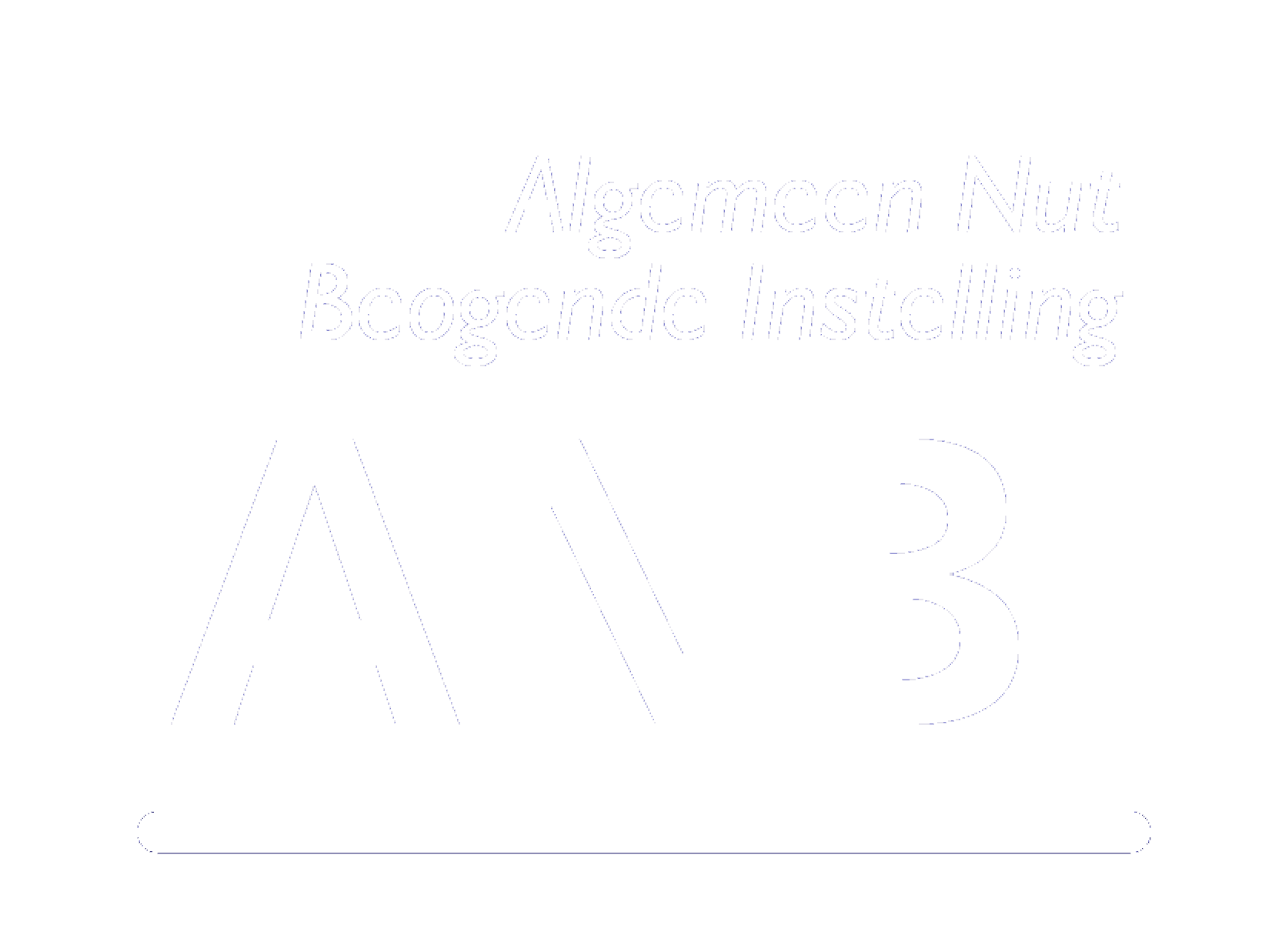Binding regulations are vital in tackling microfiber pollution. Brands should be held accountable for their contribution to global plastic pollution. Legislators should set measures and maximum thresholds for the number of microplastics released during production, the use phase, and the end-of-life phase.
A standard which indicates maximum allowed amounts of microfiber release in combination with better clothes design should be a high priority for policymakers.
We also suggest exploring rules on industrial pre-washing and waste-water filtering. Furthermore, measures related to sectors involved in the use phase, such as regulations on washing machine filters, should also be considered.
Finally, clothes made of synthetic fibers or recycled synthetic fibers mustn’t be categorized as ‘sustainable’ if microfiber release of these items has not been prevented.




